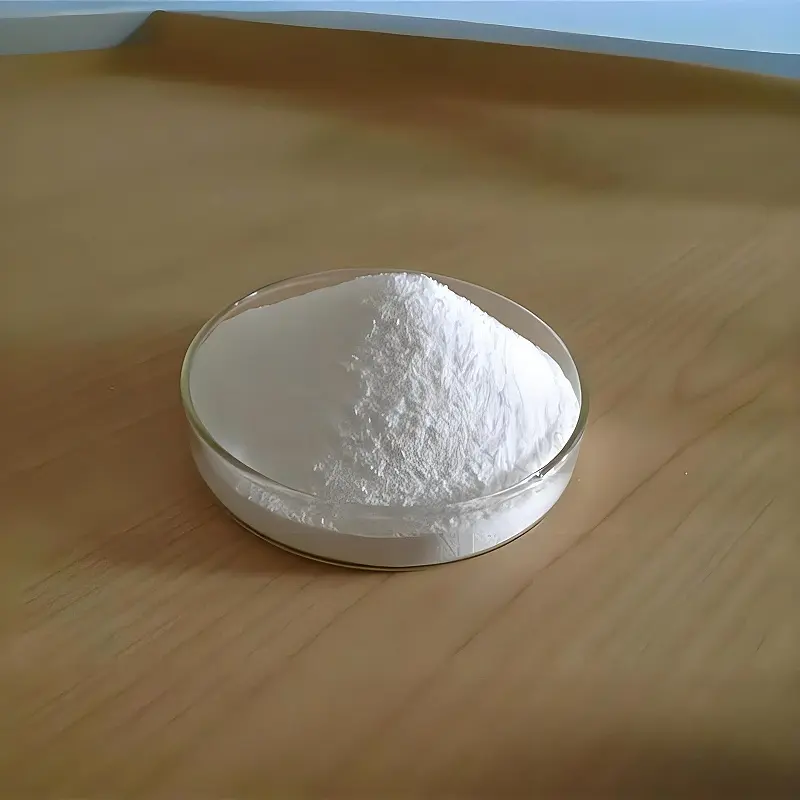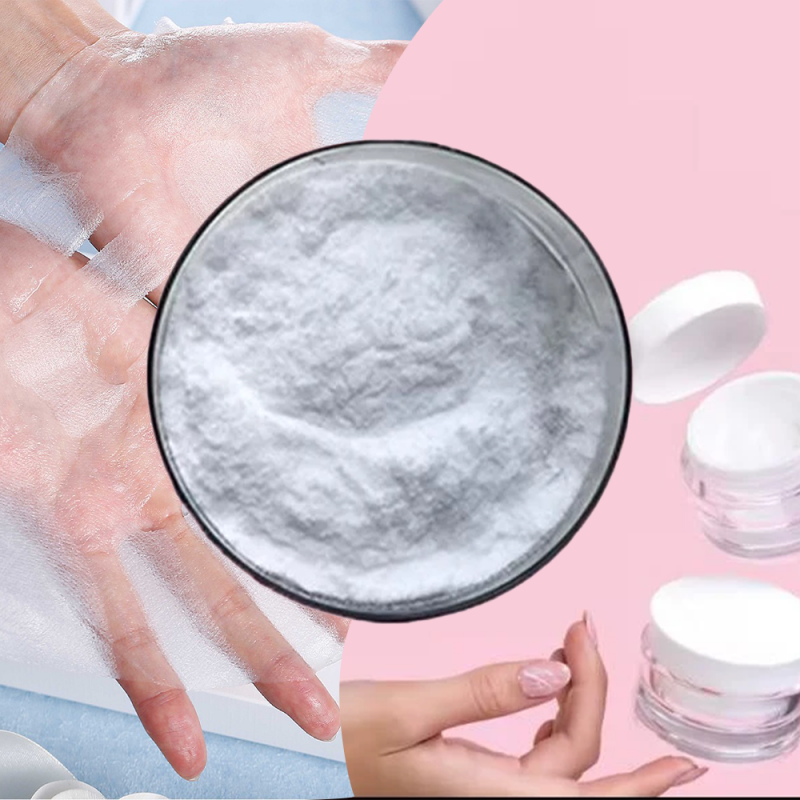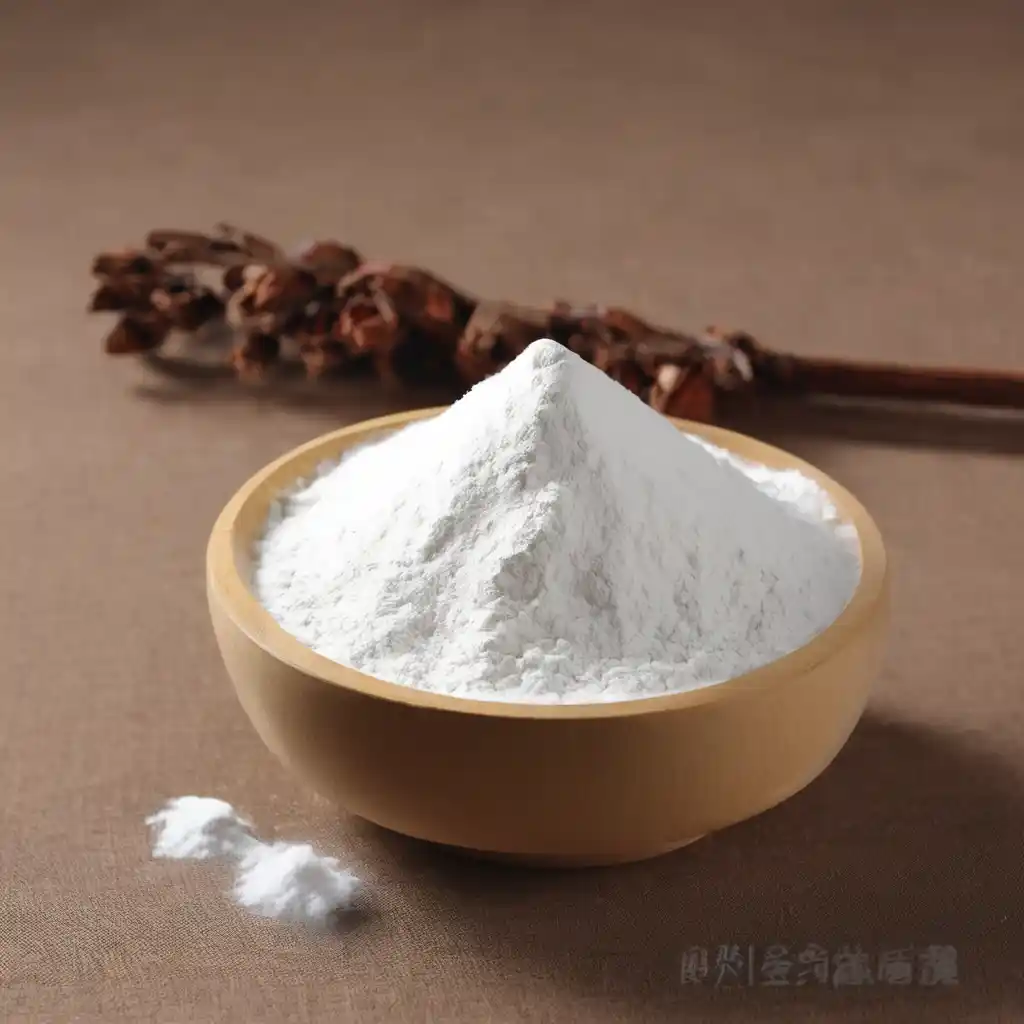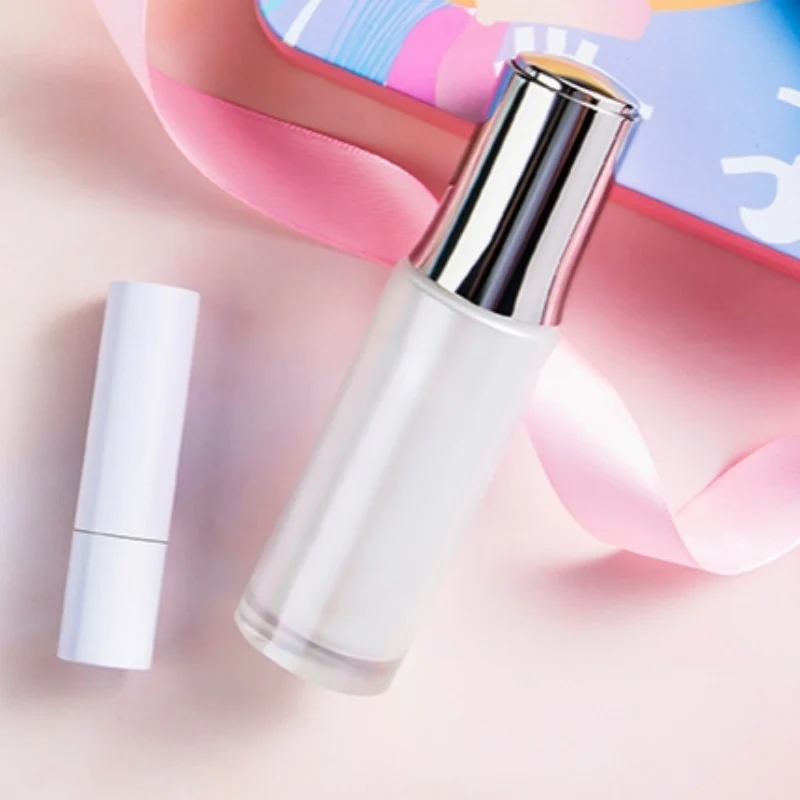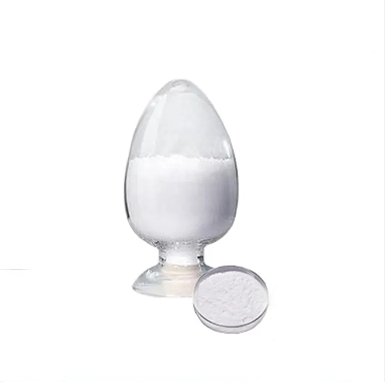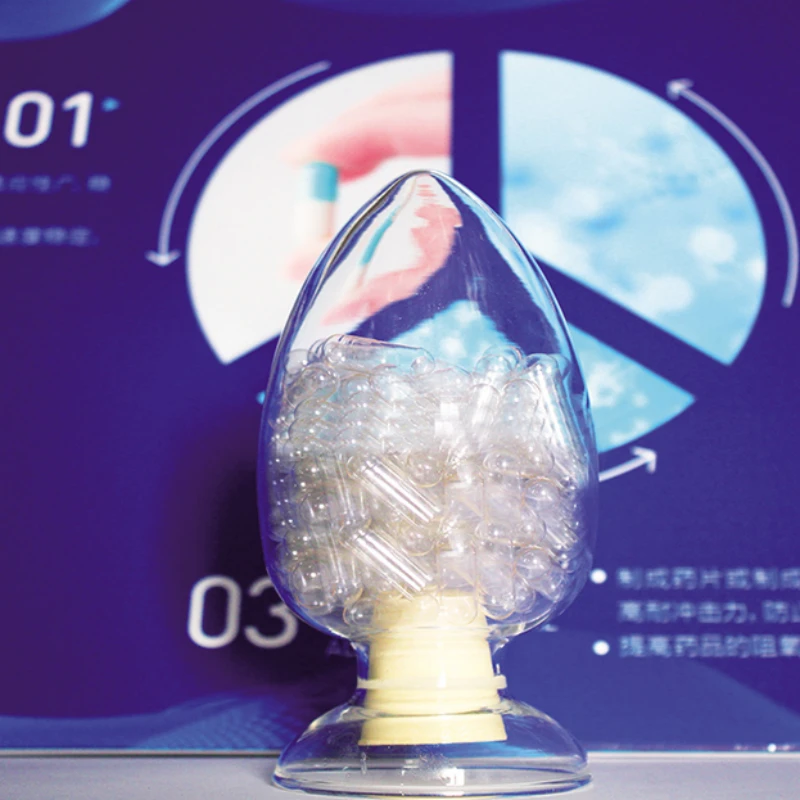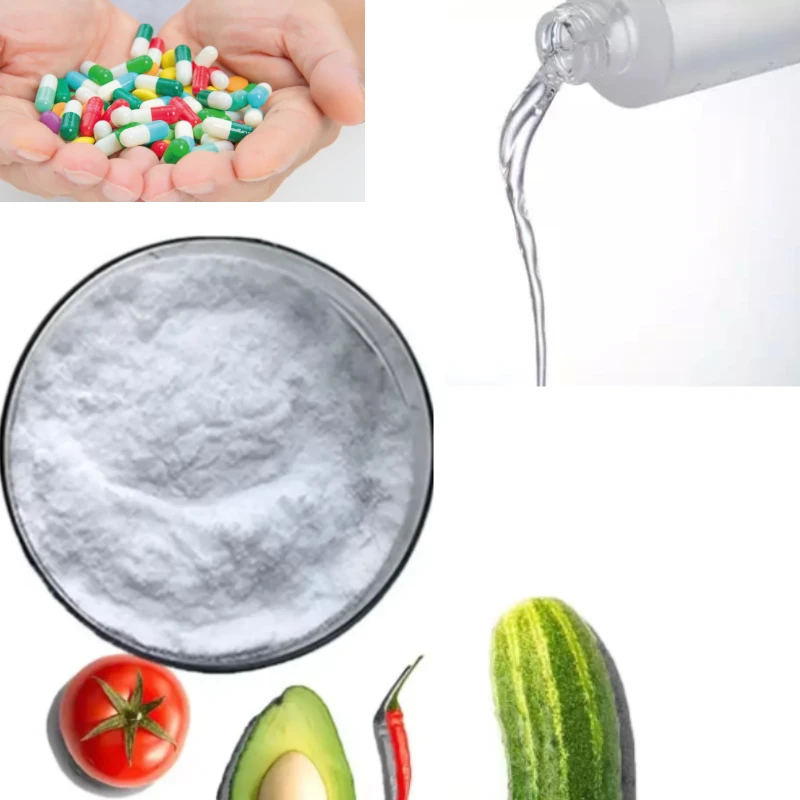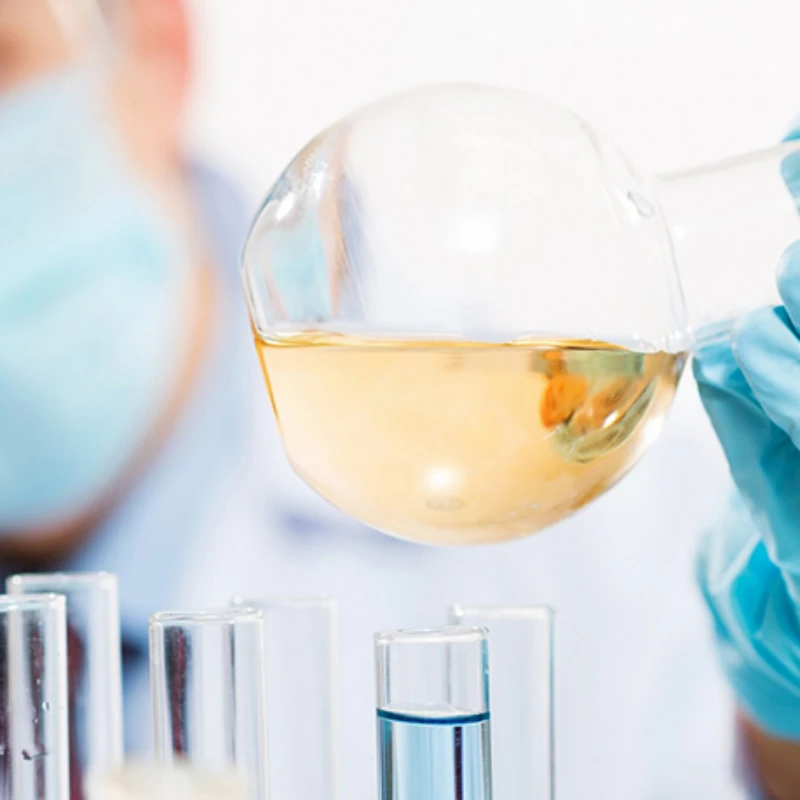What is pullulan?
Pullulan is a naturally occurring polysaccharide that is produced by certain strains of fungi, particularly the yeast-like fungus called Aureobasidium pullulans. It is a linear polymer made up of repeating units of maltotriose, which is a trisaccharide composed of three glucose molecules linked together.
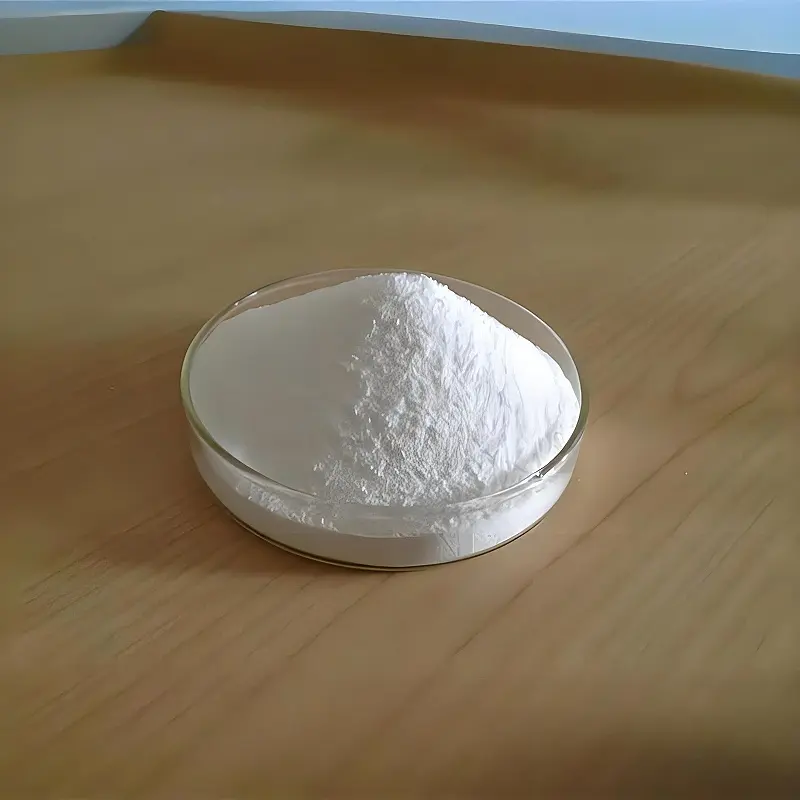
Pullulan is water-soluble, odorless, tasteless, and non-toxic, making it suitable for various applications across different industries. It has several unique properties that make it valuable in food, pharmaceutical, cosmetic, and other industrial applications. These properties include:
Film-Forming: Pullulan has excellent film-forming properties, allowing it to form thin, transparent films when dried. This property makes it useful as a coating material for various products.
Thickening and Stabilizing: It can act as a thickening agent and stabilizer in food and beverage formulations, helping to improve texture and shelf stability.
Moisture Retention: Pullulan has the ability to retain moisture, making it useful in skincare products and other cosmetics to provide hydration to the skin and hair.
Biodegradability: Pullulan is biodegradable, making it environmentally friendly and suitable for use in sustainable products.
Due to these properties, pullulan finds applications in a wide range of products, including food and beverages, pharmaceuticals, cosmetics, packaging materials, and industrial products. It is commonly used as an additive in various formulations to improve product quality and performance.
Pullulan possesses several distinctive characteristics
Pullulan possesses several distinctive characteristics, which include:
Film-forming: Pullulan has exceptional film-forming properties, allowing it to create thin, transparent films when dried. This characteristic makes it suitable for coating various products.
Thickening and Stabilizing: It functions as an effective thickening agent and stabilizer in food and beverage applications, enhancing texture and shelf stability.
Moisture Retention: Pullulan exhibits excellent moisture retention capabilities, making it beneficial in skincare products and cosmetics to provide hydration to the skin and hair.
Biodegradability: Pullulan is biodegradable, meaning it can be broken down by natural processes, making it environmentally friendly and suitable for use in sustainable products.
Non-toxic and Tasteless: Pullulan is non-toxic and tasteless, ensuring its compatibility with various applications, particularly in food and pharmaceutical products.
Water Solubility: It is highly water-soluble, allowing for easy incorporation into formulations and facilitating its use in various applications.
Versatility: Pullulan's versatility enables its use across multiple industries, including food and beverages, pharmaceuticals, cosmetics, and industrial applications.
These characteristics make pullulan a valuable ingredient in a wide range of products, contributing to improved performance, quality, and sustainability.
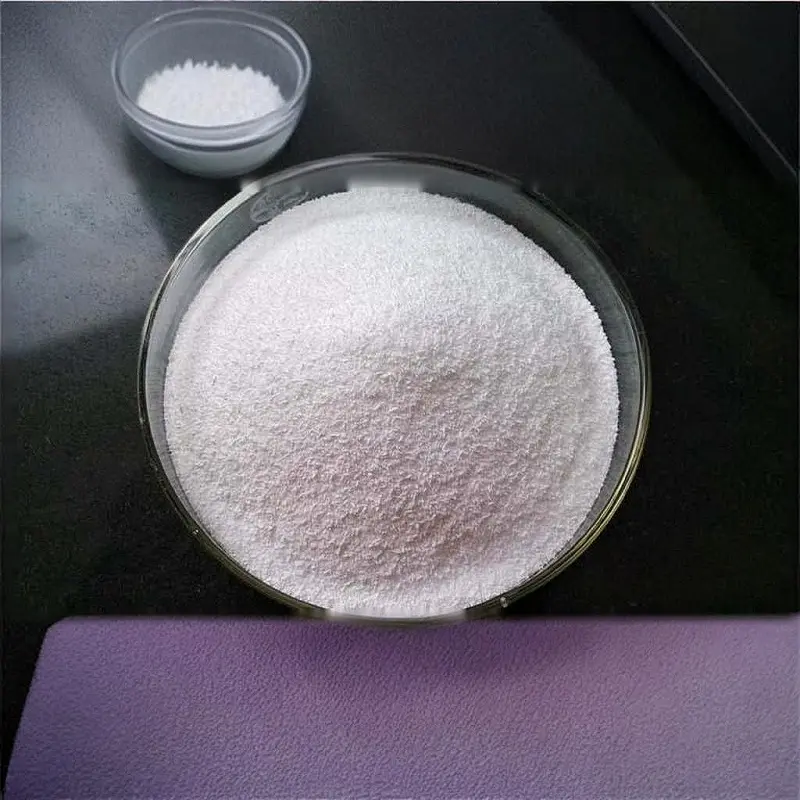
Top 5 pullulan uses
Pullulan is a naturally occurring polysaccharide produced by the fermentation of starch by the fungus Aureobasidium pullulans. It has a wide range of uses across various industries due to its unique properties. Some common uses of pullulan include:
Food and Beverage Industry: Pullulan is used as a food additive and ingredient in various food and beverage products. It is often utilized as a thickening agent, stabilizer, film-forming agent, and encapsulating agent. Pullulan is commonly found in confectionery, baked goods, dairy products, beverages, and nutritional supplements.
Pharmaceutical Industry: Pullulan has applications in the pharmaceutical industry as a binder, coating agent, and encapsulating material for drug delivery systems. It is used to manufacture tablets, capsules, and other pharmaceutical formulations due to its biocompatibility, low toxicity, and ability to form strong films.
Cosmetics and Personal Care Products: Pullulan is used in cosmetics and personal care products for its film-forming and moisturizing properties. It can be found in skincare products, hair care products, and cosmetics such as creams, lotions, shampoos, and mascaras.
Biomedical and Biotechnological Applications: Pullulan has potential applications in biomedical and biotechnological fields. It is used in tissue engineering, wound healing, and regenerative medicine due to its biocompatibility and ability to support cell growth. Pullulan-based materials are also investigated for use in drug delivery systems, biosensors, and bioimaging.
Other Industrial Applications: Pullulan has additional industrial applications, including its use as a coating agent for packaging materials to improve barrier properties and extend shelf life. It is also employed in the production of adhesives, textiles, and paper products.
Overall, pullulan's versatility, biocompatibility, and non-toxic nature make it a valuable ingredient in a wide range of products across multiple industries. Its applications continue to expand as researchers explore its potential in various fields.
Pullulan's top 5 uses underscore its significance as a multifunctional ingredient with widespread applications. From enhancing the taste and texture of food products to advancing drug delivery systems in the pharmaceutical industry, pullulan continues to play a vital role in improving product quality, performance, and sustainability across various sectors. As research and innovation in pullulan applications continue to evolve, its potential to address emerging challenges and meet evolving consumer needs remains promising.
